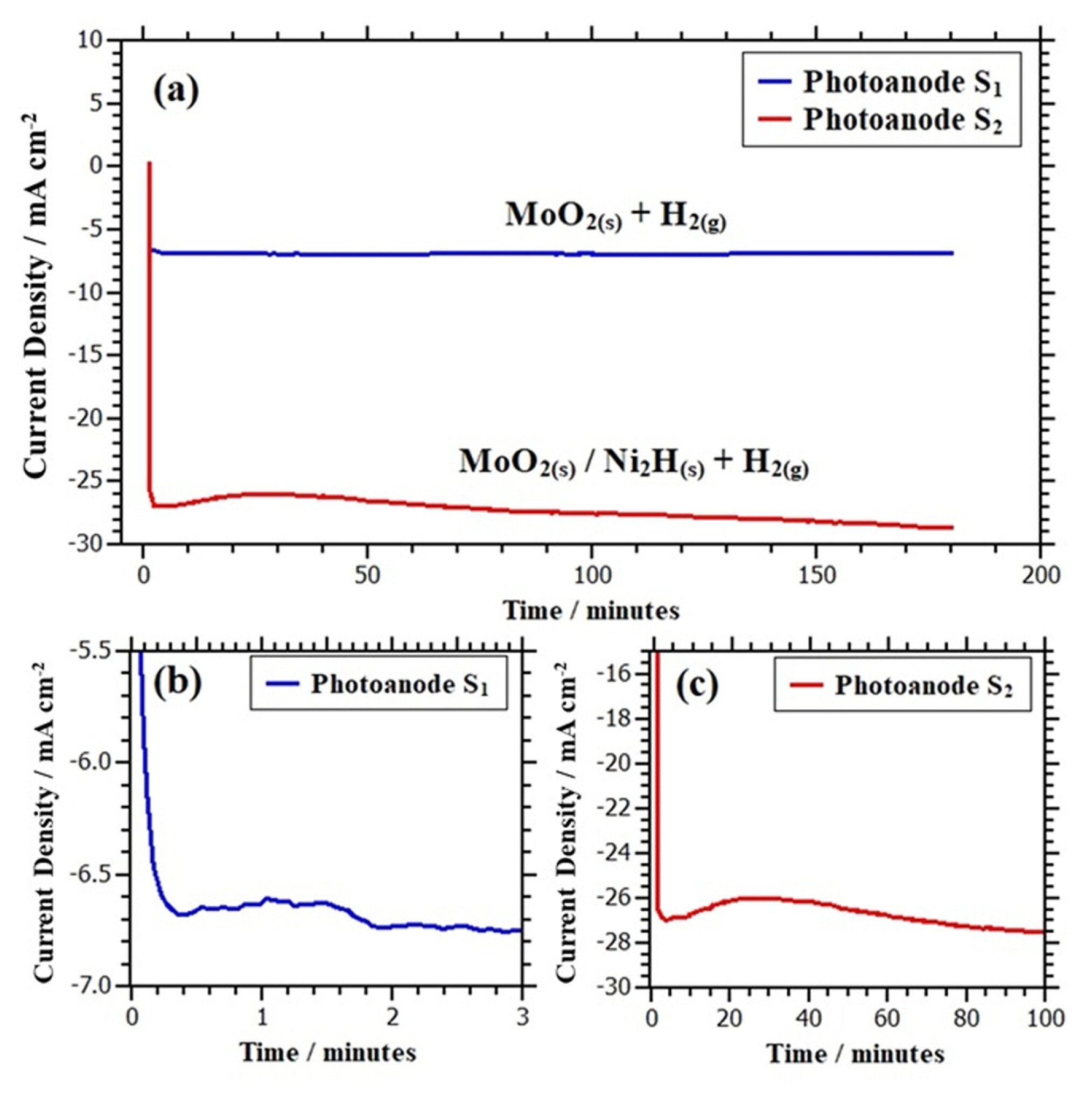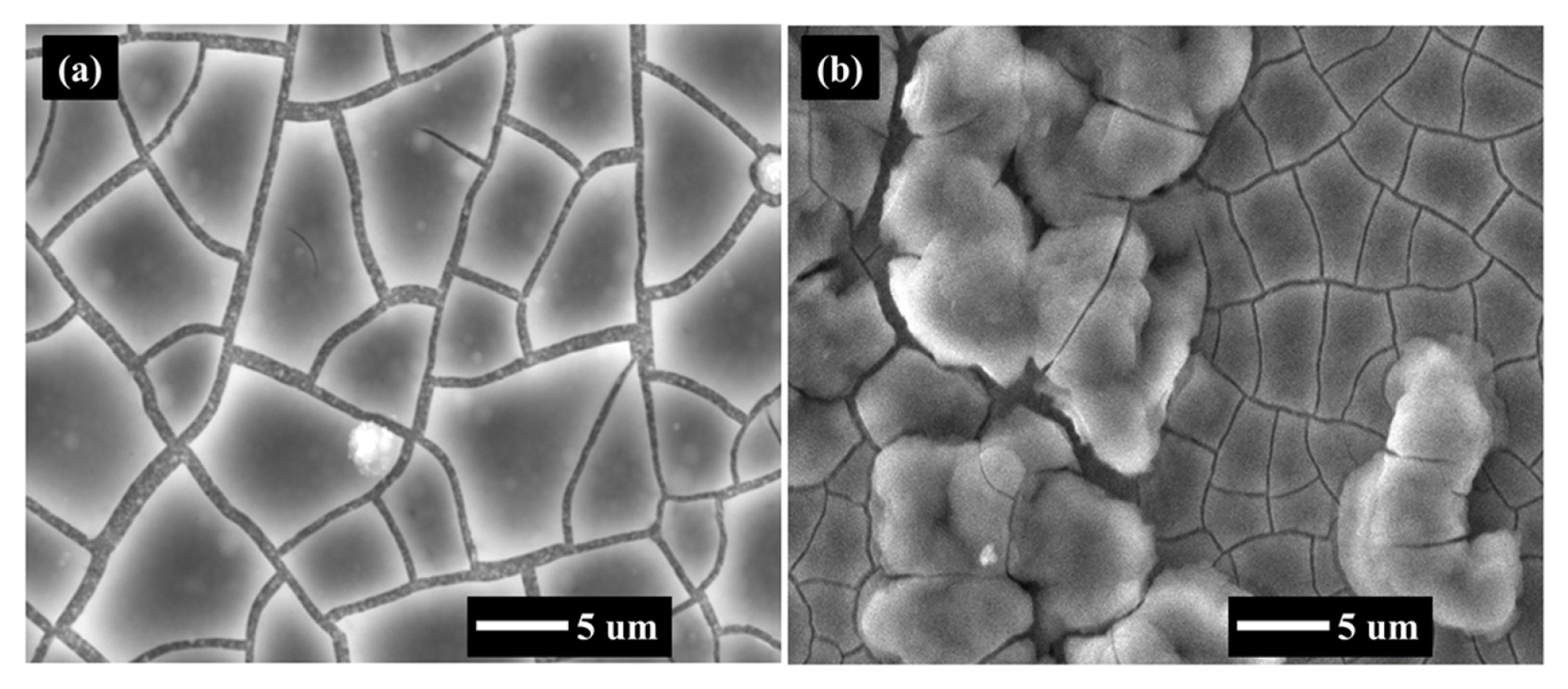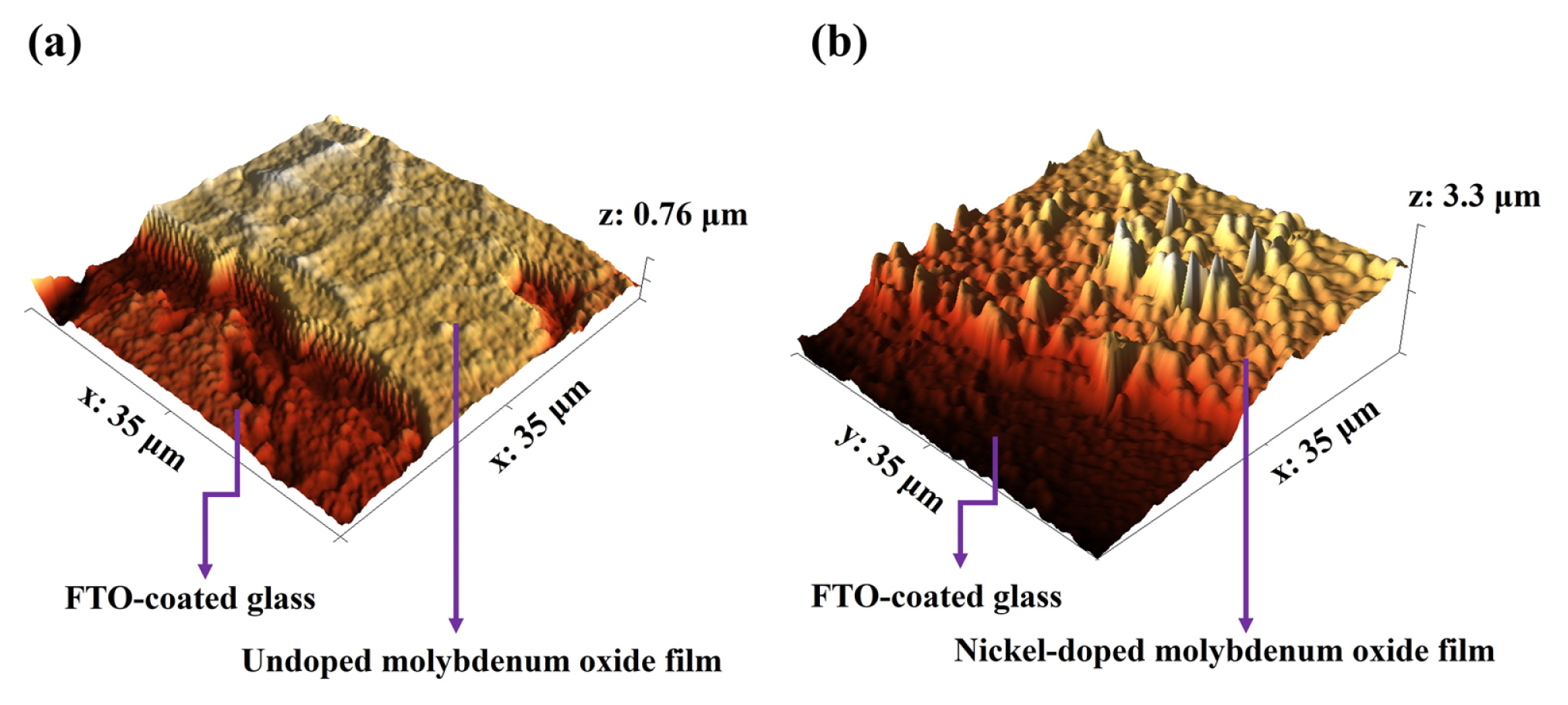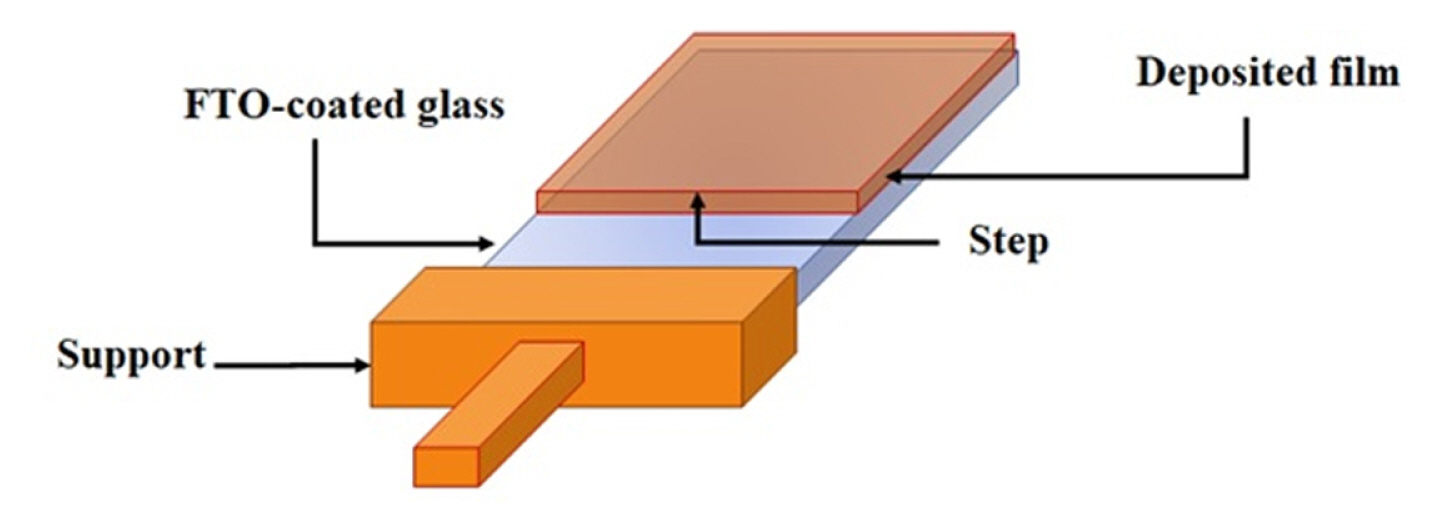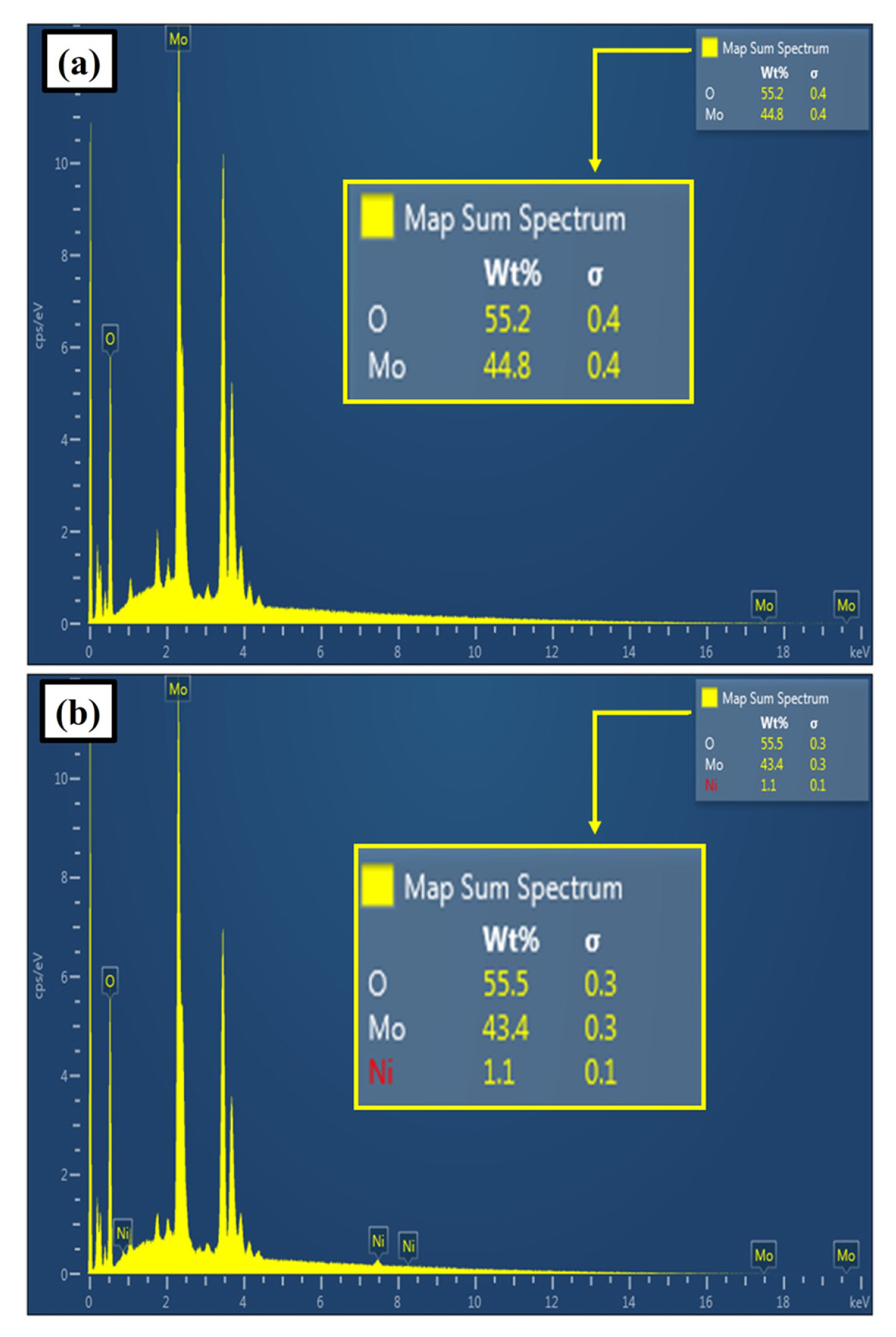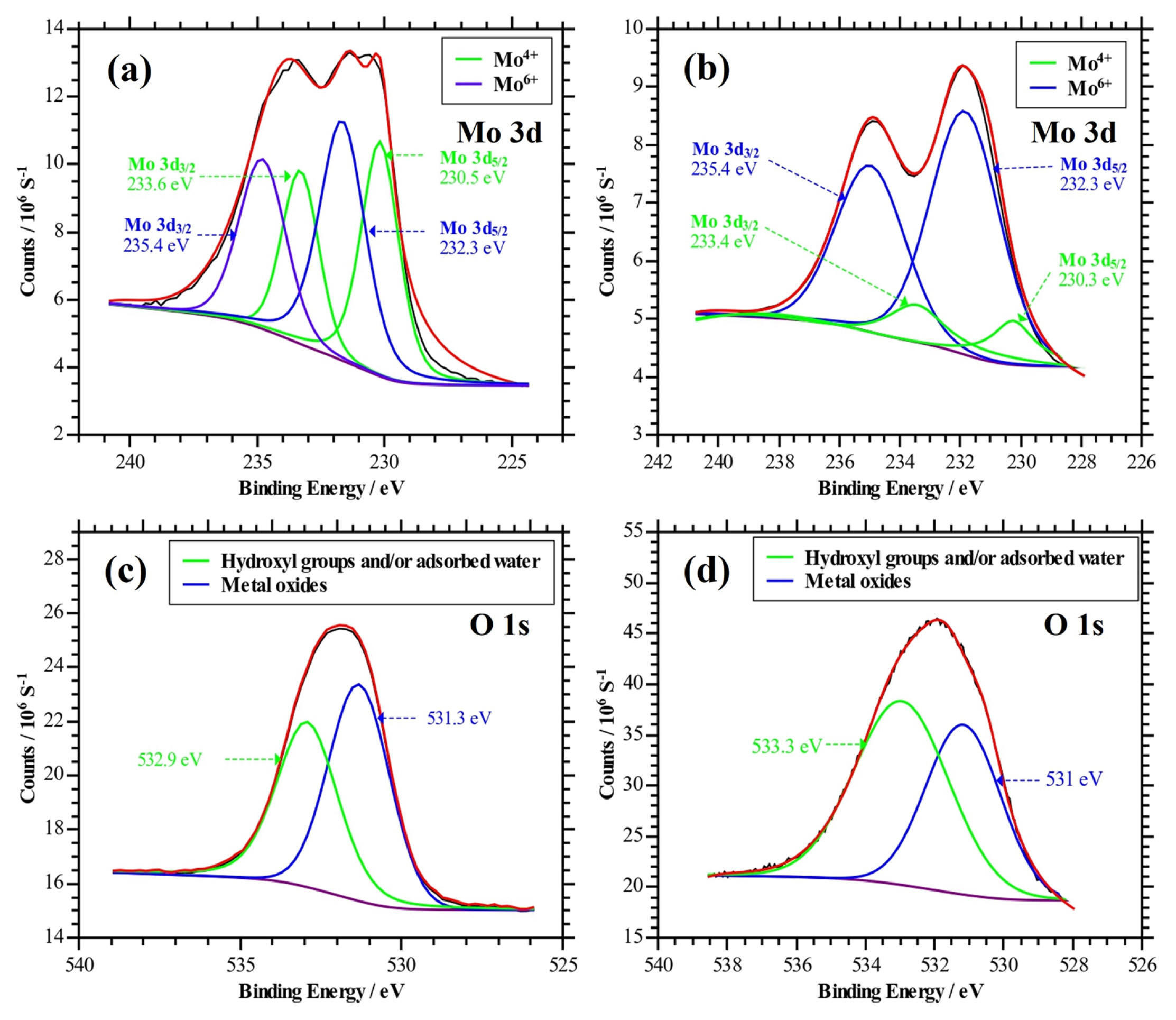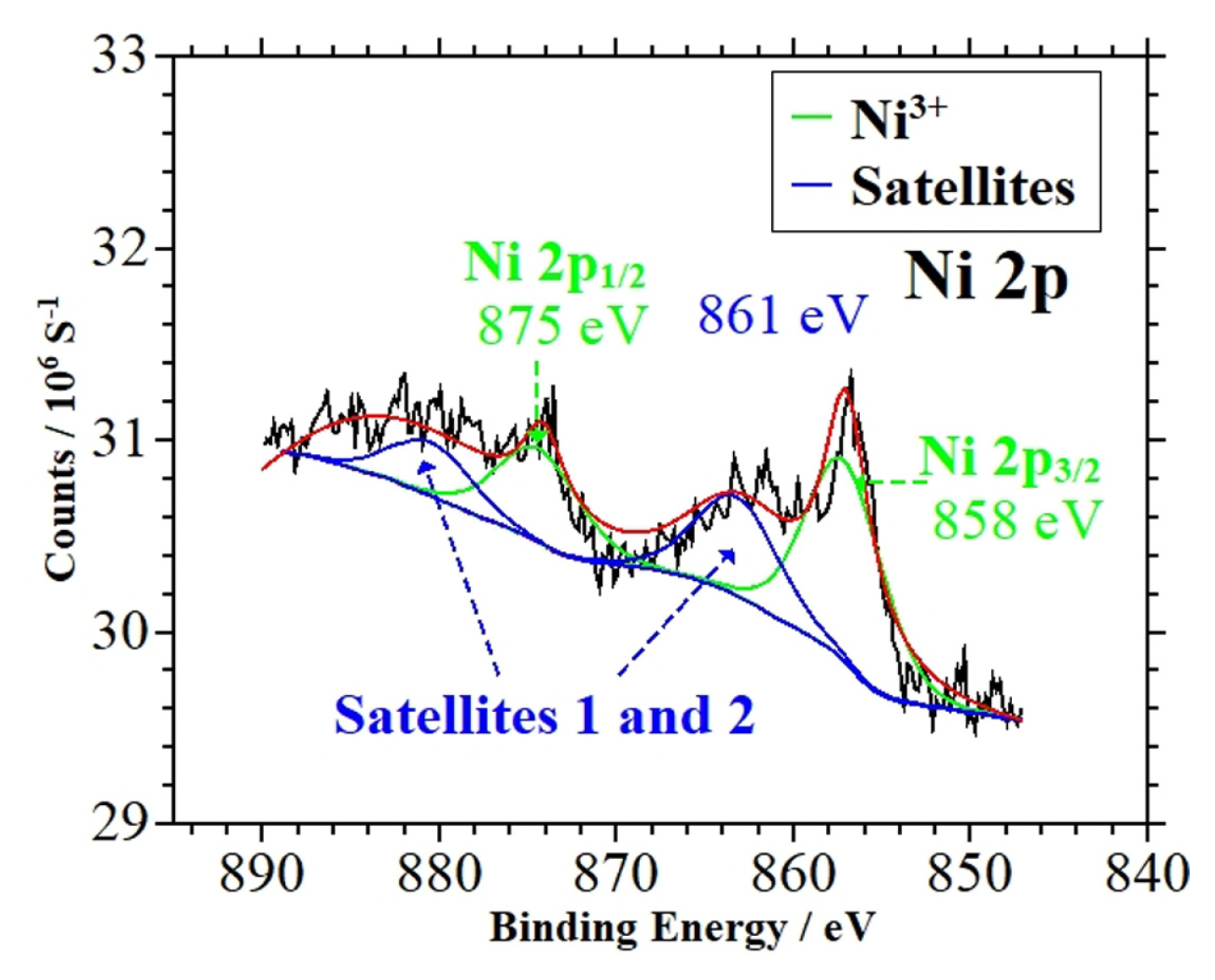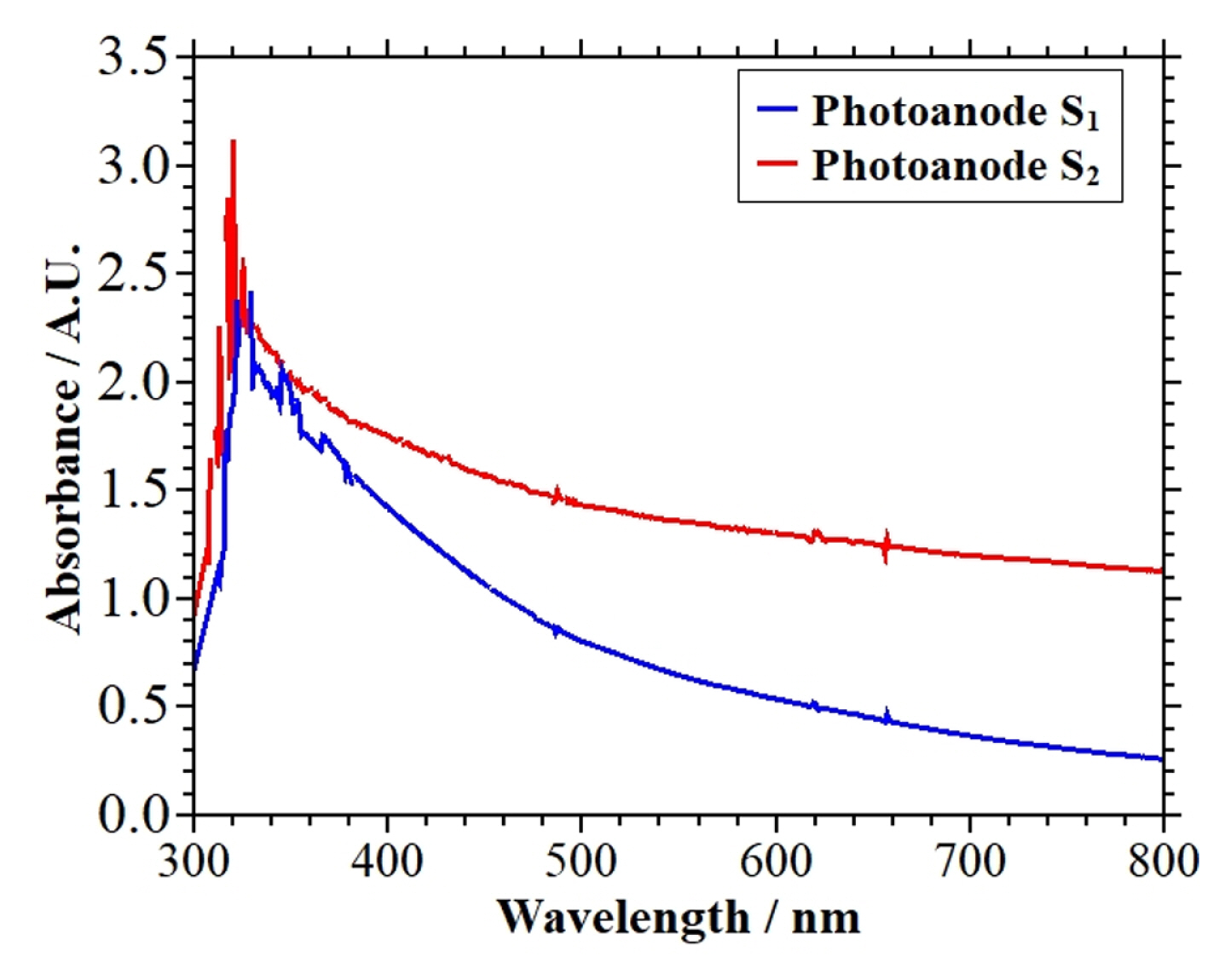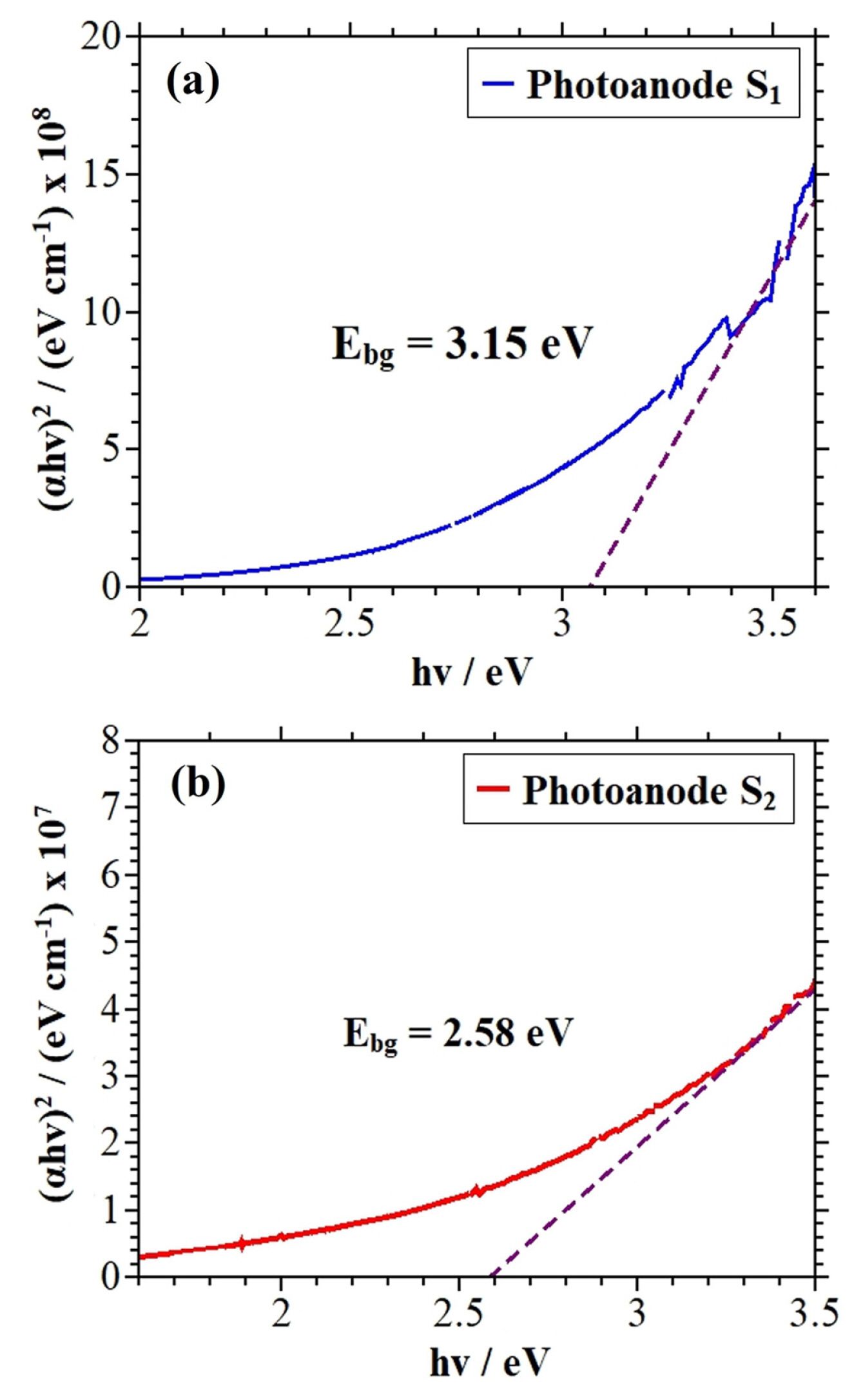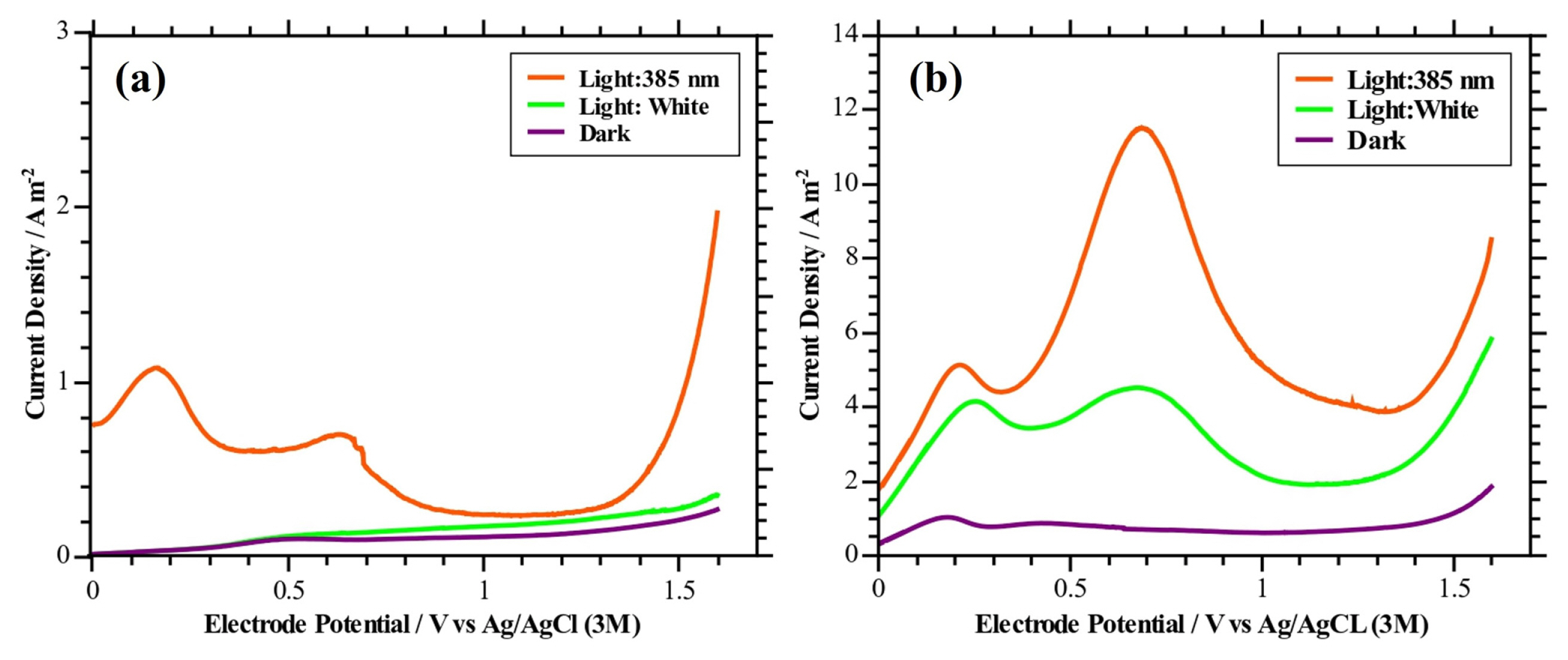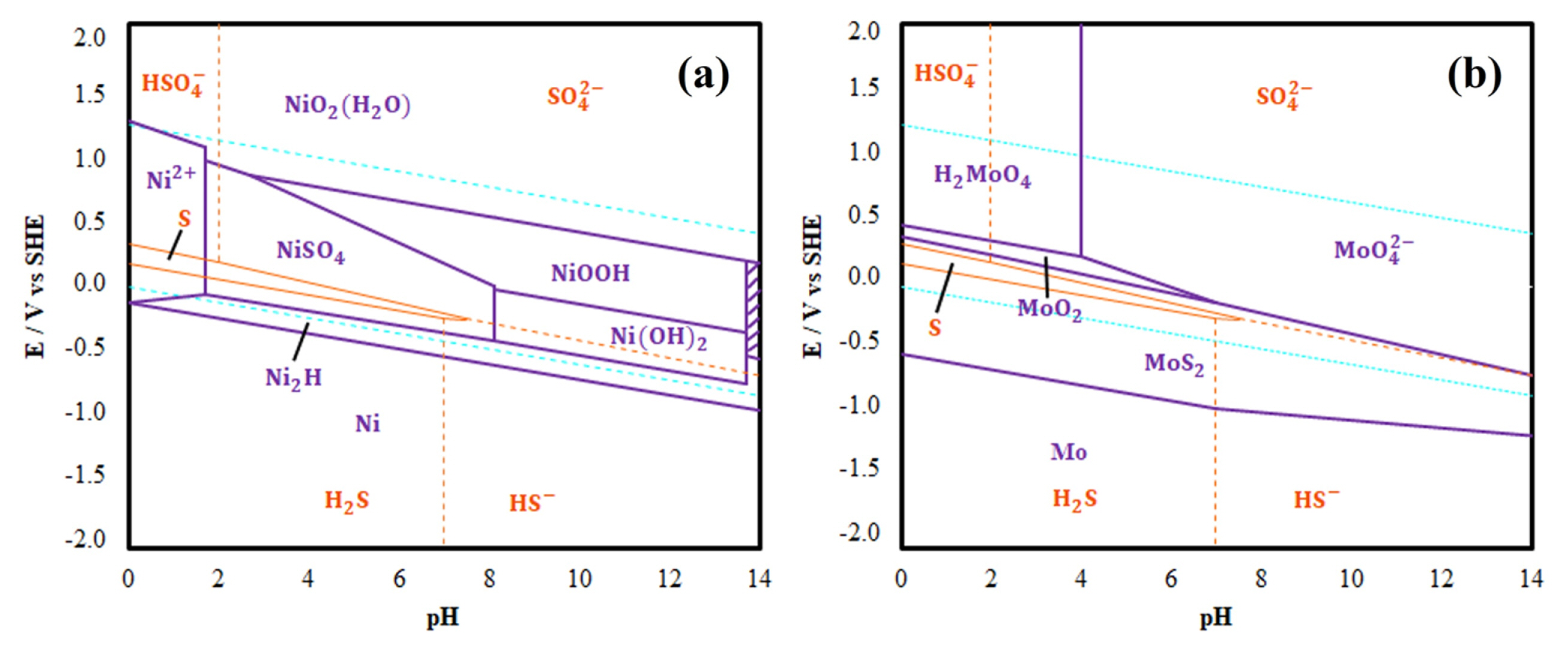[1] M. Roser and E. Ortiz-Ospina, World population growth. Our World in Data, 2017.
[2] R. Lindsey, Climate change: Atmospheric carbon dioxide, 2020.
[3] P. Jena,
J. Phys. Chem. Lett,
2011,
2(
3), 206-211.

[4] H.J. Neef,
Energy,
2009,
34(
3), 327-333.

[5] M. Tayebi and B.K. Lee,
Renew. Sustain. Energy Rev,
2019,
111, 332-343.

[6] T. Bak, J. Nowotny, M. Rekas and C. Sorrell,
Int. J. Hydrog. Energy,
2002,
27(
10), 991-1022.

[7] R.J. Abe,
Photochem. Photobiol. C. Photochem. Rev,
2010,
11(
4), 179-209.

[8] J. Miao, H.B. Yang, S.Y. Khoo and B. Liu,
Nanoscale,
2013,
5(
22), 11118-11124.

[9] Z. Dong, D. Ding, T. Li and C. Ning,
Appl. Surf. Sci,
2018,
443, 321-328.

[10] G.J. Conibeer and B.S. Richards,
Int. J. Hydrog. Energy,
2007,
32(
14), 2703-2711.

[11] X. Shi, I.Y. Choi, K. Zhang, J. Kwon, D.Y. Kim, J.K. Lee and J.H. Park, Nat. commun, 2014, 5, 4775.
[12] M. Ahmed and I. Dincer,
Int. J. Hydrog. Energy,
2019,
44(
5), 2474-2507.

[13] N. Dukstiene, D. Sinkeviciute and A. Guobiene,
Cent. Eur. J. Chem,
2012,
10(
4), 1106-1118.


[14] N. Duk┼Ītien─Ś and . Sinkevi─Źi┼½t─Ś,
J. Solid State Electrochem,
2013,
17, 1175-1184.


[15] R.S. Patil, M.D. Uplane and P.S. Patil,
Appl. Surf. Sci,
2006,
252(
23), 8050-8056.

[16] O. Adedokun, Int. J. Eng. Sci. Appl, 2018, 2(3), 88-97.
[17] C.G. Granqvist,
Sol. Energy Mater. Sol. Cells,
2007,
91(
17), 1529-1598.

[18] M.K.M. Ali, K. Ibrahim, O.S. Hamad, M.H. Eisa, M.G. Faraj and F. Azhari, Rom. J. Phys, 2011, 56(5-6), 730-741.
[19] C.S. Moon and J.G. Han,
Thin Solid Films,
2008,
516(
19), 6560-6564.

[20] M. Hjiri, F. Ghribi and L. El Mir, Sens. Transducers, 2014, 27(5), 198-201.
[21] Y.Z. Dawood, M.H. Hassoni and M.S. Mohamad, Int. J. Pure Appl. Phy, 2014, 2(1), 1-7.
[22] E.J. Podlaha and D. Landolt,
J. Electrochem. Soc,
1996,
143(
3), 885.

[23] A. Marlot, P. Kern and D. Landolt,
Electrochim. Acta,
2002,
48(
1), 29-36.

[24] V.P. Ananikov,
ACS Catal,
2015,
5(
3), 1964-1971.

[25] A. Borgschulte, O. Sambalova, R. Delmelle, S. Jenatsch, R. Hany and F. N├╝esch, Sci. Rep, 2017, 7(1), 1-9.
[26] E. Shembel, R. Apostolova, V. Nagirny, I. Kirsanova, P. Grebenkin and P. Lytvyn,
J. Solid State Electrochem,
2005,
9(
2), 96-105.


[27] V.V. Kuznetsov, M.R. Pavlov, K.V. Kuznetsov and V.N. Kudryavtsev,
Rus. J. Electrochem,
2003,
39(
12), 1338-1341.

[28] V.V. Kuznetsov, M.R. Pavlov, S.A. Chepeleva and V.N. Kudryavtsev,
Rus. J. Electrochem,
2005,
41(
1), 75-81.


[29] V.V. Kuznetsov, N.V. Morozova and V.N. Kudryavtsev,
Rus. J. Electrochem,
2006,
42(
6), 665-669.


[30] In: M Antonietti, K M├╝llen editors. Chemical synthesis and applications of graphene and carbon materials. John Wiley & Sons, 2016.
[31] E. Chassaing, K. Vu Quang and R. Wiart,
J. Appl. Electrochem,
1989,
19(
6), 839-844.


[32] M. Popczyk and B. Łosiewicz, In Solid State Phenomena. Trans Tech Publications Ltd,
2015.228, p.277-282.


[33] D.O. Scanlon, G.W. Watson, D.J. Payne, G.R. Atkinson, R.G. Egdell and D.S.L. Law,
J. Phys. Chem. C,
2010,
114(
10), 4636-4645.

[34] J. Baltrusaitis, B. Mendoza-Sanchez, V. Fernandez, R. Veenstra, N. Dukstiene, A. Roberts and N. Fairley,
Appl. Surf. Sci,
2015,
326, 151-161.

[35] J. Yan, G. Wu, N. Guan, L. Li, Z. Li and X. Cao,
Phys. Chem. Chem. Phys,
2013,
15(
26), 10978-10988.

[36] R. Sanjines, H. Tang, H. Berger, F. Gozzo, G. Margaritondo and F. Levy,
J. Appl. Phys,
1994,
75(
6), 2945-2951.

[37] A.P. Grosvenor, M.C. Biesinger, R.S.C. Smart and N.S. McIntyre,
Surf. Sci,
2006,
600(
9), 1771-1779.

[38] M.C. Oliveira and A.B. do Rego,
J. Alloys Compd,
2006,
425(
1-2), 64-68.

[39] L. Meda and L. Abbondanza,
Rev. Adv. Sci. Eng,
2013,
2(
3), 200-207.






